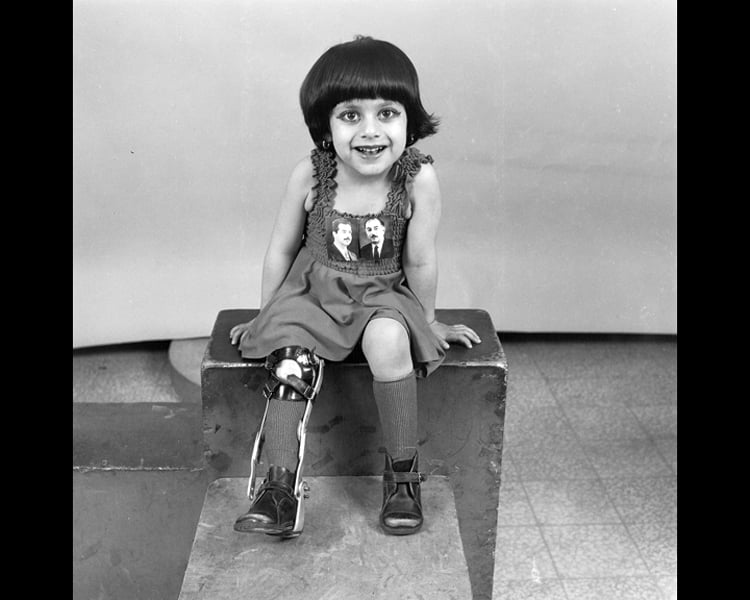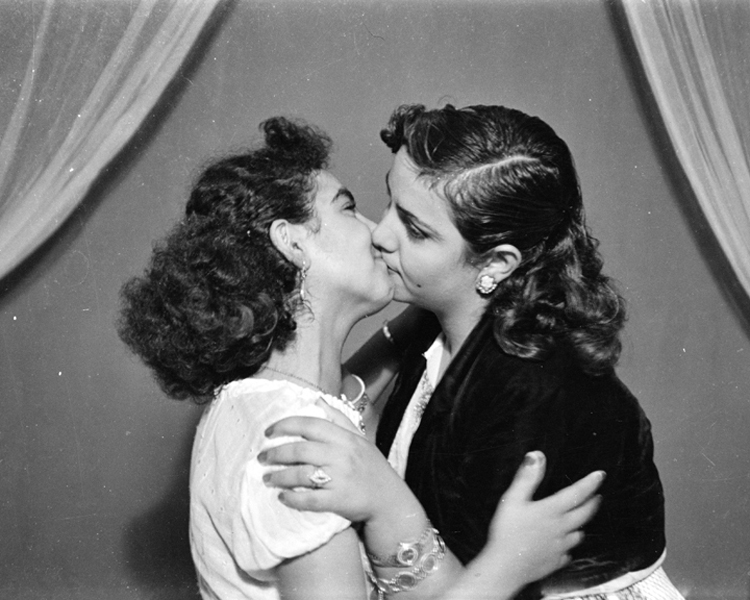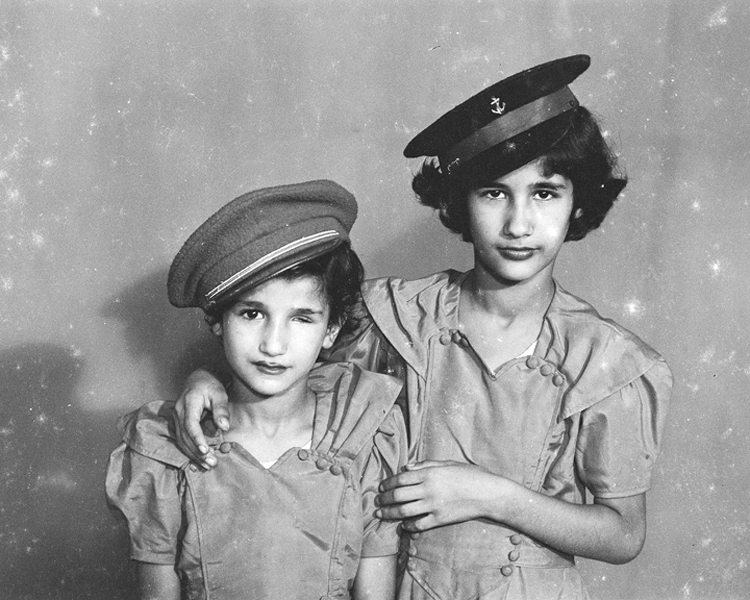5 items, 4ms
year: 1950

© » KADIST
Akram Zaatari
“Other photographers used to send me negatives of cross-eyed people, asking me to retouch them. I used to scratch out the emulsion where the pupil is, and draw another one right next to it.” Hashem El Madani. Hashem El Madani, a studio photographer in Saida, began working in 1948.

© » KADIST
Akram Zaatari
“In the 1980s I started using coloured paper backdrops, one of which was yellow. You can see they never reached the floor. I used them for colour and black-and-white photography.” Hashem El Madani.

© » KADIST
Akram Zaatari
“Films inspired people a lot. they came to perform kissing in front of a camera. In a conservative society such as Saida, people were willing to play the kiss between two people of the same sex, but very rarely between a man and a woman.

© » KADIST
Akram Zaatari
“While taking the picture it was challenging to make the boys sit properly without moving. Sometimes a member of the family whould hide behind, holding the child.” Hashem El Madani. Hashem El Madani, a studio photographer in Saida, began working in 1948.

© » KADIST
Akram Zaatari
Hashem El Madani, a studio photographer in Saida, began working in 1948. Like all studio photographers his subjects came to him. The studio was a constant flux of visitors.
Akram Zaatari
- location: Sayda, Al-Lubnan
- year born: 1966
- gender: male
- nationality: Lebanese
